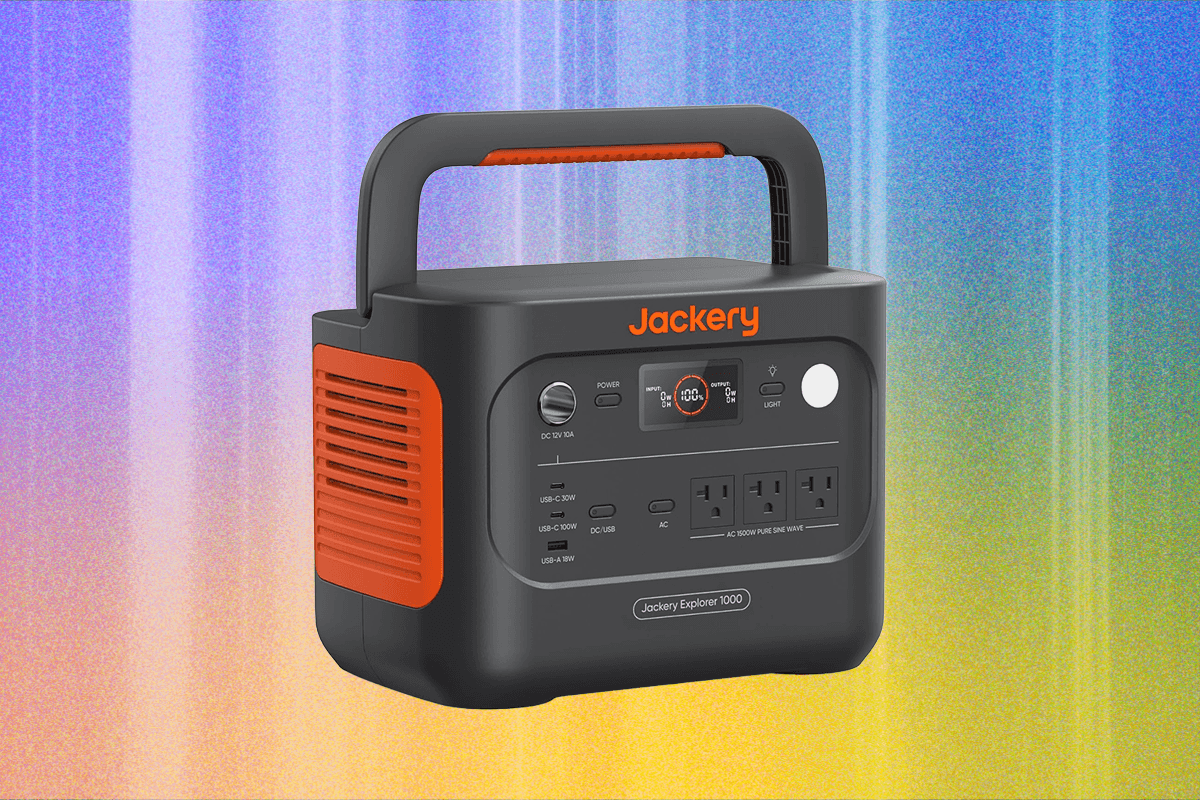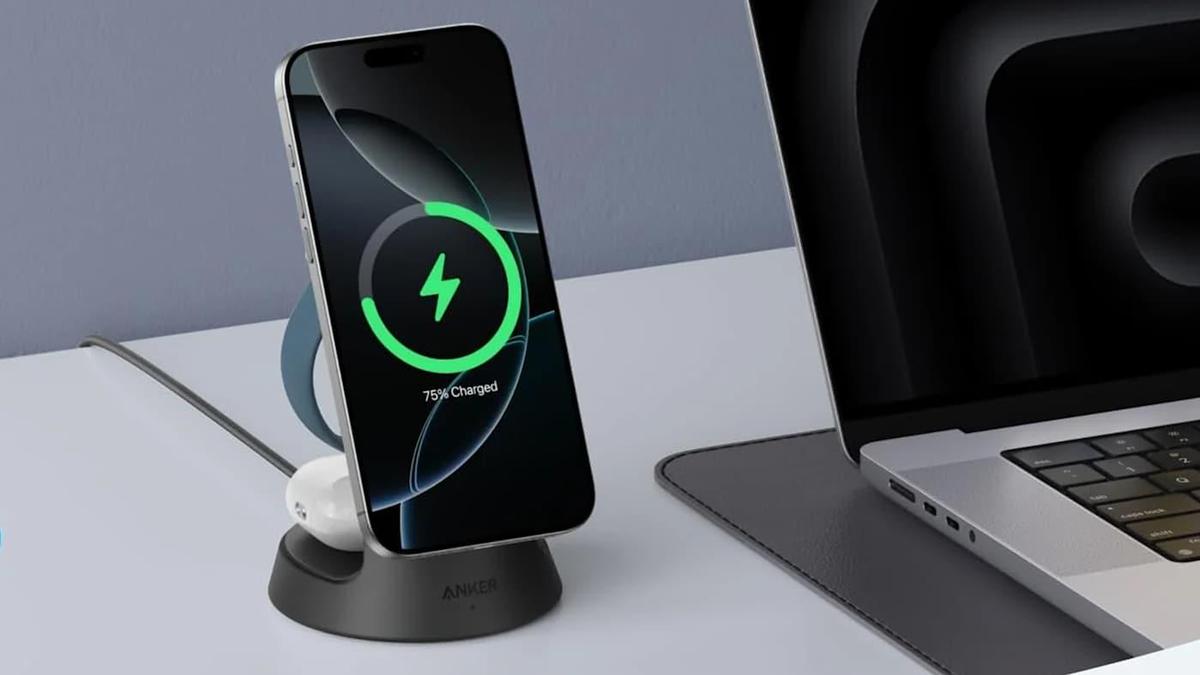Solar Rooftop Security: Is Your Inverter a Hacker’s Target?
Solar Rooftop Security: Is Your Inverter a Hacker’s Target?
Your solar panels are saving you money and helping the environment, but could they also be a security risk? A recent advisory from the U.S. cybersecurity agency CISA highlighted vulnerabilities in EG4 solar inverters, raising concerns about the security of home energy systems. But what does this mean for you, and is your solar setup vulnerable?
This post will break down the issue, explain the risks, and offer actionable steps you can take to protect your home energy system.
The Vulnerability: A Solar Stalker Scenario?
The scenario sounds like something out of a tech thriller: a hacker pulls up to your house, cracks your Wi-Fi, and starts messing with your solar inverter. This device converts the direct current (DC) from your solar panels into the alternating current (AC) that powers your home.
While it might sound far-fetched, the reality is that modern solar inverters are becoming increasingly sophisticated and interconnected. They monitor performance, communicate with utility companies, and even feed excess power back into the grid. This increased connectivity also creates potential security vulnerabilities.
EG4 Inverters Under Scrutiny
EG4 Electronics, a Texas-based solar company, recently found itself in the spotlight when CISA published an advisory detailing security flaws in their inverters. These flaws could allow an attacker on the same network to:
- Intercept data
- Install malicious firmware
- Seize control of the entire system
For the 55,000 EG4 customers affected, this was likely a wake-up call about the security of their home energy systems.
Why Solar Inverter Security Matters
As Justin Pascale, a principal consultant at Dragos, a cybersecurity firm specializing in industrial systems, notes, “Nobody knew what the hell a solar inverter was five years ago. Now we’re talking about it at the national and international level.”
The growth of residential solar installations is significant. According to the U.S. Energy Information Administration, small-scale solar installations grew more than fivefold between 2014 and 2022. This means more homes are becoming miniature power plants, adding nodes to an expanding network of interconnected devices.
Each solar installation, while promoting energy independence, also presents a potential entry point for malicious actors. This makes securing these systems crucial.
What Makes Solar Inverters Vulnerable?
CISA’s advisory highlighted some fundamental security lapses in EG4’s inverters, including:
- Unencrypted communication between monitoring apps and inverters
- Firmware updates lacking integrity checks
- Rudimentary authentication procedures
These are basic security principles that, when overlooked, can create significant risks.
Is This Just an EG4 Problem?
EG4’s CEO, James Showalter, argues that this is an “industry-wide problem.” He provided a report cataloging numerous solar energy vulnerability disclosures across commercial and residential applications since 2019. While this doesn’t excuse the flaws in EG4’s products, it does suggest that the issue extends beyond a single company.
The China Connection and Supply Chain Concerns
The EG4 situation also coincides with broader concerns about the supply chain security of renewable energy equipment. Reports have surfaced about unexplained communication equipment found inside inverters and batteries made in China.
According to a Reuters investigation, undocumented cellular radios and other communication devices were discovered in equipment from multiple Chinese suppliers. This is particularly concerning given China’s dominance in solar manufacturing. Huawei, for example, is the world’s largest supplier of inverters.
Actionable Steps to Protect Your Solar Inverter
So, what can you do to protect your solar inverter and your home energy system?
- Check for Updates: Regularly check for and install firmware updates from your inverter manufacturer. These updates often include security patches that address known vulnerabilities.
- Secure Your Wi-Fi: Use a strong password for your Wi-Fi network and consider enabling WPA3 encryption for enhanced security.
- Change Default Passwords: Change the default passwords on your inverter and any related monitoring apps.
- Segment Your Network: Consider segmenting your home network to isolate your solar inverter and other IoT devices from your main network. This can limit the damage if one device is compromised.
- Monitor Your System: Regularly monitor your solar inverter’s performance and look for any unusual activity. If you notice anything suspicious, contact your installer or the manufacturer.
Actionable Takeaway: The most important step you can take right now is to check your inverter’s firmware version and ensure it’s up to date. Contact your installer or the manufacturer for instructions on how to do this.
FAQ: Solar Inverter Security
-
Q: Is my solar inverter definitely vulnerable? A: Not necessarily. The vulnerabilities highlighted in the CISA advisory specifically targeted EG4 inverters. However, it’s a good reminder to review the security of your entire home energy system, regardless of the brand.
-
Q: How do I know if my inverter has been hacked? A: Signs of a compromised inverter could include unusual performance, unexpected network activity, or unauthorized changes to settings. If you suspect your inverter has been hacked, contact a cybersecurity professional.
-
Q: Are all Chinese-made inverters a security risk? A: Not necessarily. However, the reports of undocumented communication equipment in some Chinese-made inverters raise concerns about supply chain security and the potential for hidden vulnerabilities. Consider researching the manufacturer’s security practices before purchasing an inverter.
Key Takeaways
- Solar inverters are becoming increasingly sophisticated and interconnected, creating potential security vulnerabilities.
- A recent CISA advisory highlighted security flaws in EG4 inverters, raising concerns about the security of home energy systems.
- It’s crucial to take steps to protect your solar inverter, such as updating firmware, securing your Wi-Fi, and monitoring your system.
- Concerns about supply chain security, particularly regarding Chinese-made equipment, are also a factor to consider.
By taking these steps, you can help ensure that your solar energy system remains a source of clean, affordable power without compromising your security.
Source: TechCrunch



